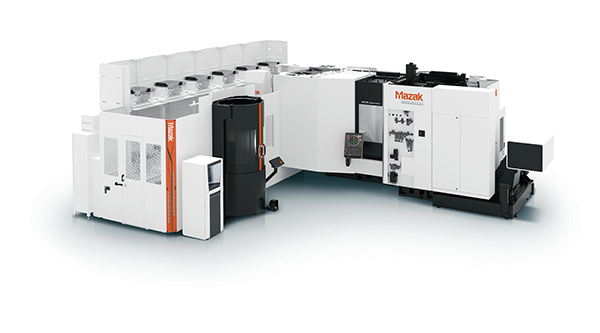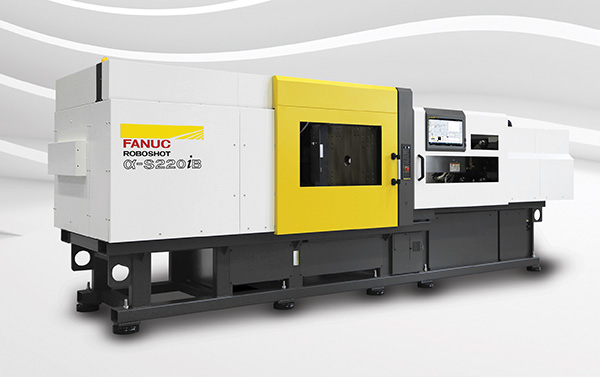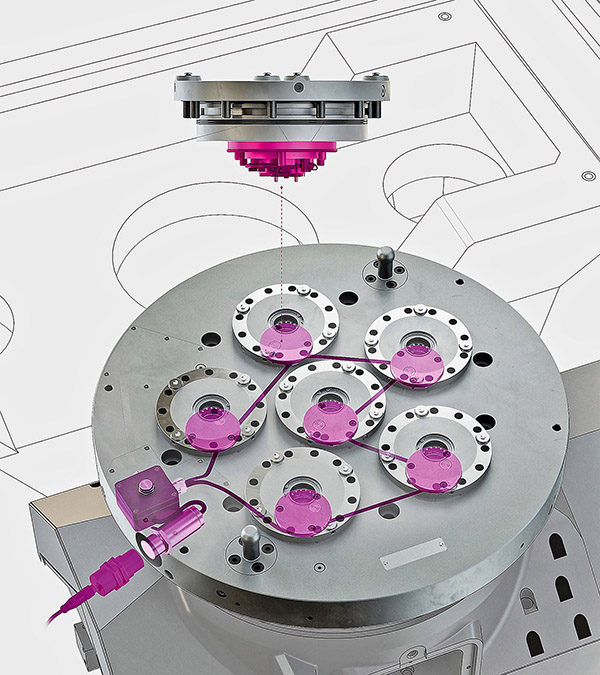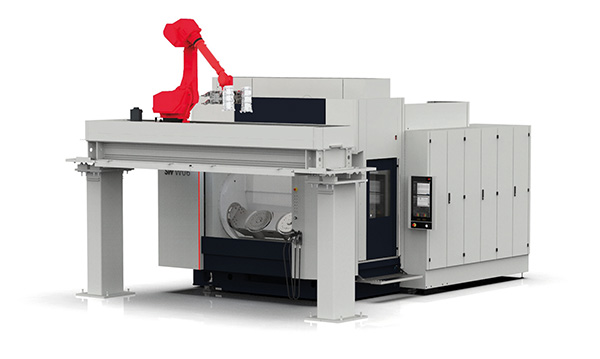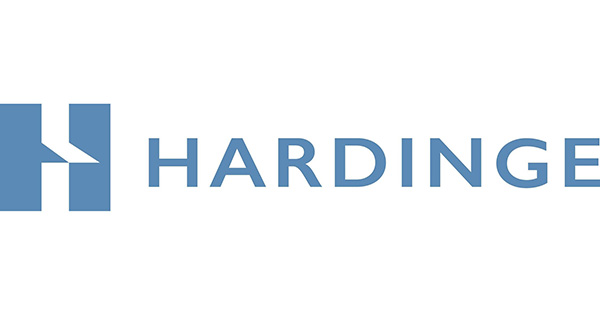
Yamazaki Mazak (Stand E01, Hall 5) is showing 12 machines complemented by a range of automation and technology solutions that promise to deliver the three key customer benefits of productivity, profitability and environmentally-aware manufacturing operations.
The Mazak stand is showcasing a host of new machines, including integrated automation solutions, vertical machining centres and the most recent additions to the Integrex i-H series. Under its theme of ‘Discover More’, Mazak is displaying two world debuts at the show and another machine making its debut appearance in Europe.
For further information https://emo.mazakeu.com/






